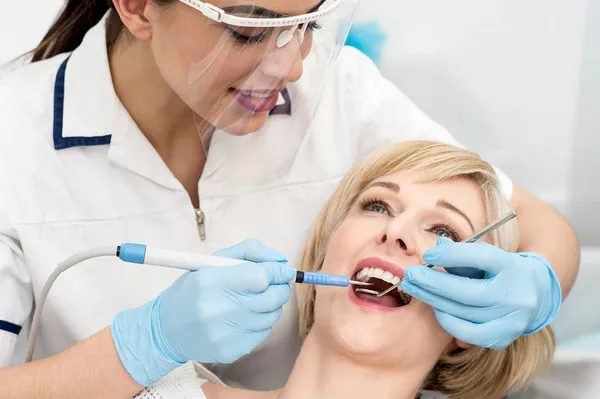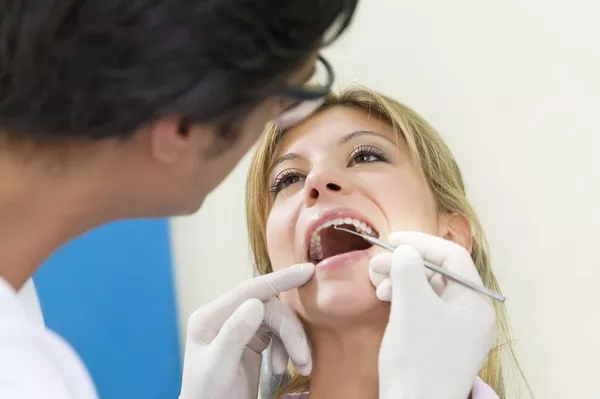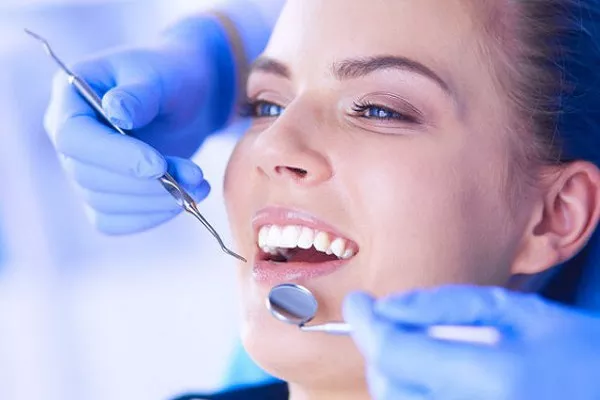Bad breath, also known as halitosis, can be an embarrassing and socially distressing condition. While it can result from various factors, one potential cause is dental cavities. Cavities, or dental caries, are decayed areas in the teeth caused by bacterial activity. In this article, we will explore the connection between cavities and bad breath, the underlying mechanisms that lead to halitosis, and practical tips to prevent and address this issue.
Understanding Cavities and Their Impact on Breath Odor:
What are Cavities?
Cavities are areas of tooth decay caused by the interaction of bacteria, food particles, and saliva on the tooth surface. When plaque, a sticky biofilm of bacteria, accumulates on teeth, it produces acids that erode the enamel and dentin, leading to cavities.
Halitosis and Oral Bacteria:
Halitosis can arise due to the presence of oral bacteria that produce volatile sulfur compounds (VSCs). These compounds emit foul-smelling odors, causing bad breath.
Link Between Cavities and Bad Breath:
Bacterial Breakdown of Food Particles:
Bacteria in the mouth break down food particles left after eating, releasing VSCs in the process. Cavities provide a favorable environment for bacteria to thrive, contributing to the release of foul-smelling gases.
Accumulation of Plaque and Food Debris:
Cavities can harbor bacteria within their decayed structures, leading to the accumulation of plaque and trapped food debris. This creates an environment where bacteria can proliferate and produce malodorous compounds.
Dry Mouth (Xerostomia):
Cavities may cause pain and sensitivity, leading to reluctance in chewing food thoroughly. This can reduce saliva flow, promoting bacterial growth and further exacerbating bad breath.
Gum Disease (Gingivitis):
Untreated cavities can progress and affect the gums, leading to gingivitis, an inflammatory condition. Gum disease is also linked to bad breath due to bacterial proliferation.
Preventing and Addressing Bad Breath from Cavities:
Maintain Good Oral Hygiene:
Brush your teeth twice a day and floss daily to remove plaque and food particles, preventing cavities and reducing bad breath.
Use Mouthwash:
Incorporate an antimicrobial mouthwash into your daily oral care routine to reduce bacterial activity and freshen your breath.
Regular Dental Check-ups:
Visit your dentist every six months for routine check-ups and professional cleanings to detect and treat cavities early.
Treat Cavities Promptly:
If cavities are detected, seek immediate dental treatment to prevent their progression and associated bad breath.
Drink Plenty of Water:
Stay hydrated to maintain saliva flow, which helps wash away food particles and neutralize acid, reducing bad breath.
Limit Sugary Foods and Drinks:
Minimize the consumption of sugary foods and beverages that contribute to cavity formation and bacterial growth.
Tongue Cleaning:
Use a tongue scraper or brush to clean the tongue’s surface and reduce the bacterial load in the mouth.
Quit Smoking:
Smoking contributes to bad breath and oral health issues. Quitting smoking can improve breath odor and overall health.
Conclusion:
Cavities can indeed make your breath smell bad due to the presence of oral bacteria and the production of volatile sulfur compounds. When left untreated, cavities provide an environment where bacteria thrive, leading to the accumulation of plaque, trapped food debris, and dry mouth conditions. To prevent and address bad breath from cavities, it is essential to maintain good oral hygiene practices, use mouthwash, and visit your dentist regularly for check-ups and treatments. Early detection and prompt treatment of cavities can help prevent their progression and associated halitosis. Additionally, adopting a healthy lifestyle, limiting sugary foods, staying hydrated, and quitting smoking can contribute to fresher breath and improved overall oral health. By understanding the link between cavities and bad breath, you can take proactive steps to preserve your oral health and enjoy the confidence of a fresh and pleasant breath.
Related Topics:





























